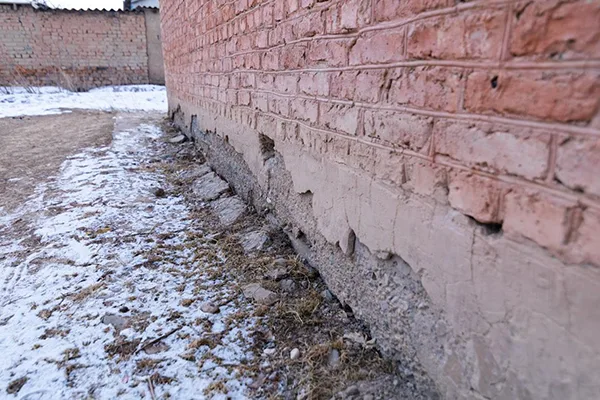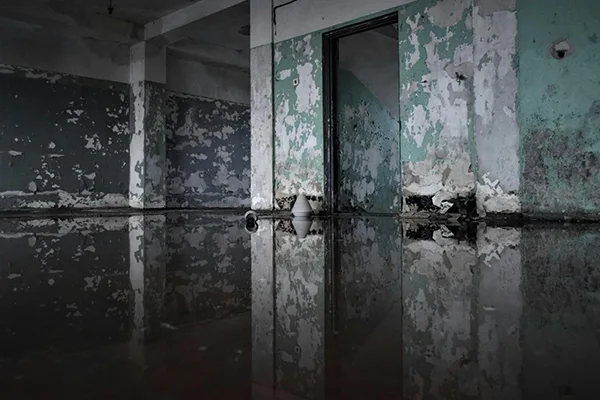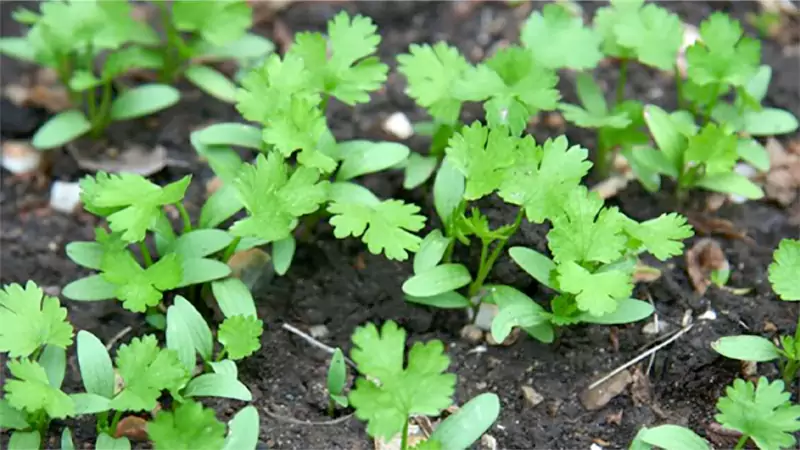Water is crucial for life, but when it invades the home uninvited, it quickly becomes a destructive force. Water damage is one of the most common and costly issues homeowners face, and its effects often extend far beyond what’s visible to the naked eye. From deteriorating structural materials to hidden mold colonies, unchecked water intrusion can silently erode a home’s safety, value, and livability.
What makes water damage particularly challenging is its stealth. A slow leak behind a wall or under a roof might go unnoticed for months, gradually undermining materials and increasing repair costs. Understanding the risks, identifying early warning signs, and taking preventative measures can save families from extensive disruption and financial strain.

Roof Leaks and Exterior Exposure
The roof is a home’s first line of defense against the elements. When compromised by missing shingles, aging materials, or poor drainage, water can seep into the attic and walls, causing structural wood to rot and insulation to degrade. Even minor roof leaks can lead to mold growth, ceiling stains, electrical hazards, and weakened framing.
Addressing roofing problems promptly is crucial. Whether you need Louisiana roofing contractors, home inspectors, or maintenance specialists, partnering with professionals who understand local weather conditions and building codes ensures your roof is prepared to handle seasonal storms and heavy rainfall. Beyond repairs, preventive roof maintenance, like clearing debris from gutters, trimming overhanging branches, and sealing flashing, can minimize the risk of future leaks. For families with young children or vulnerable individuals, a secure roof isn’t just a property asset; it’s a health and safety priority.
Interior Surfaces and Structural Deterioration
When water penetrates a home’s interior, it doesn’t just ruin paint or drywall. It can compromise the very bones of the structure. Wooden framing, subfloors, and load-bearing elements can absorb moisture and weaken, potentially leading to sagging floors, warped door frames, or even structural instability.
Stains, bubbling walls, and musty odors are often the first signs of water intrusion. However, by the time these symptoms appear, the damage may already be advanced. Homeowners should periodically inspect areas around windows, basements, bathrooms, and kitchens where plumbing lines are concentrated. Discolored patches, loose tiles, and warped surfaces should be taken seriously, as they may signal more extensive problems behind the walls.
The cost to replace compromised framing or joists is far greater than the price of early mitigation. Addressing moisture damage at the first sign not only protects your investment but ensures your home remains safe and functional.
Electrical System Hazards
Few combinations are more dangerous in a household setting than water and electricity. When water leaks into electrical outlets, lighting fixtures, or fuse boxes, it can corrode components and increase the risk of electrical fires. Families who experience flooding, heavy roof leaks, or burst pipes must treat electrical inspections as a top priority.
Even after water is removed and surfaces are dried, lingering moisture in wall cavities or wiring junctions can cause ongoing degradation. Homeowners should never attempt to repair or inspect water-damaged electrical systems themselves. Certified electricians can identify compromised circuits, ground faults, and insulation failures that may pose a danger now or in the future.
Upgrading your electrical system to include water-resistant junction boxes, GFCI outlets, and surge protection in high-risk zones like basements and kitchens can provide an added layer of safety for the entire household.
Mold and Air Quality Concerns
One of the most insidious consequences of water damage is mold. Mold spores thrive in damp, dark environments and can colonize rapidly, sometimes within 24 to 48 hours of water exposure. While mold is often associated with visible black spots or a musty smell, it can grow silently within walls, ceilings, and ductwork.
For families with asthma, allergies, or respiratory sensitivities, mold exposure can significantly affect health. Chronic coughing, headaches, and sinus issues are common side effects of living in a mold-contaminated home.
Remediation begins with stopping the source of moisture, followed by thorough drying and air purification. In severe cases, mold remediation specialists may need to remove contaminated materials, treat surfaces with antimicrobial agents, and improve ventilation. Investing in dehumidifiers and moisture sensors can help prevent recurring outbreaks in humid regions.
Basement and Foundation Vulnerability
Basements are prone to water damage due to their below-grade positioning. Improper grading around the home, clogged downspouts, or failed sump pumps can all lead to water pooling near the foundation. Once water seeps through basement walls or floors, it can cause long-term issues like concrete cracking, efflorescence, and foundation shifting.
Signs of water intrusion in basements include damp walls, visible mineral deposits, and pooling water after storms. Sealing cracks, applying waterproof coatings, and installing interior drainage systems can help redirect water and protect foundational integrity.
Proper landscape grading, regular maintenance of perimeter drains, and ensuring downspouts extend several feet from the home can significantly reduce the risk of water collecting near the structure. For homes in flood-prone areas, installing a backwater valve or flood sensor system adds another layer of defense.

Water damage isn’t just a temporary inconvenience; it’s a compounding problem that affects every corner of your home. From roofing and structural elements to air quality and electrical safety, moisture has the potential to undermine your home’s health and long-term value. By staying proactive with inspections, addressing damage promptly, and working with trusted contractors, families can safeguard their living spaces against one of the most persistent threats to residential comfort and security.

